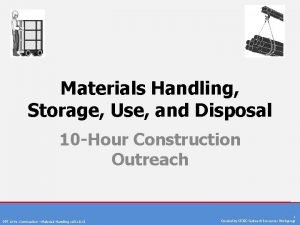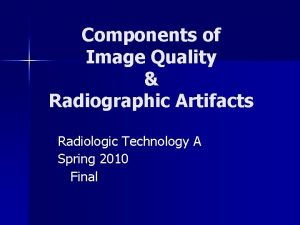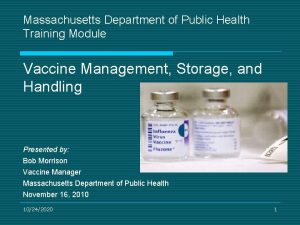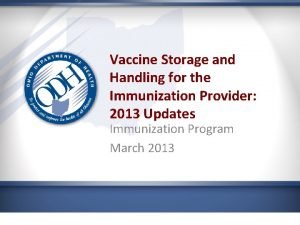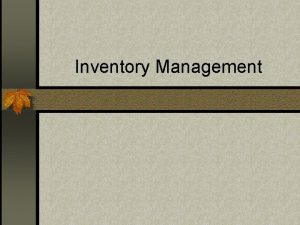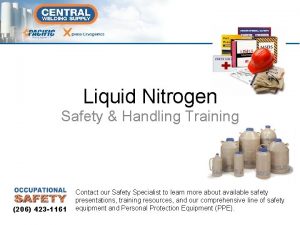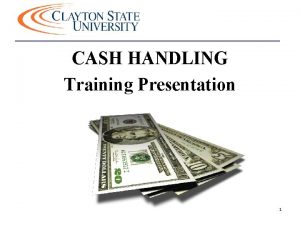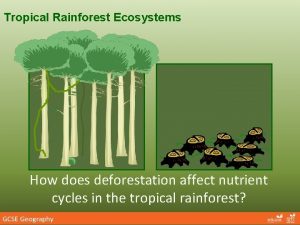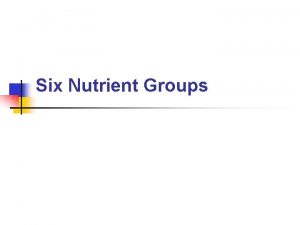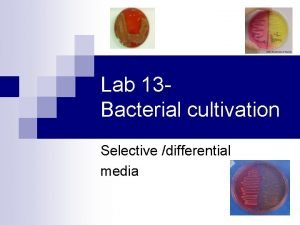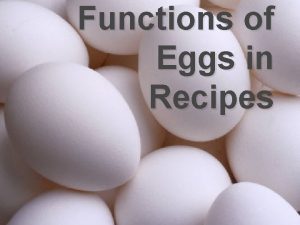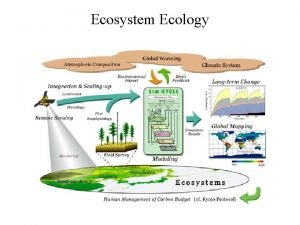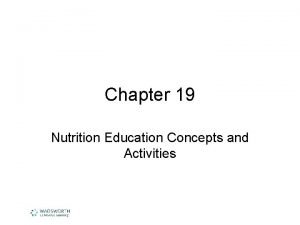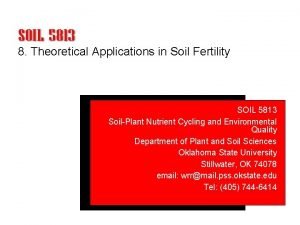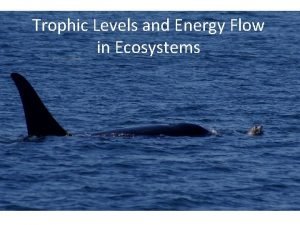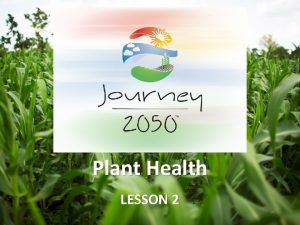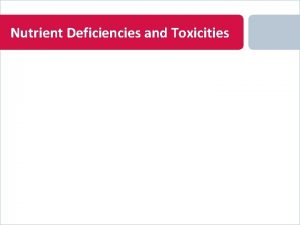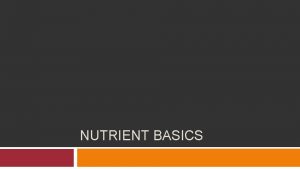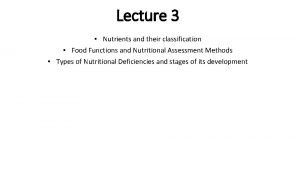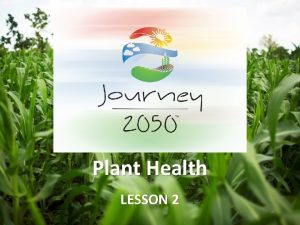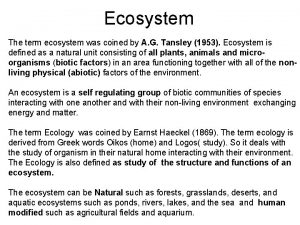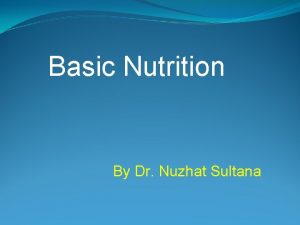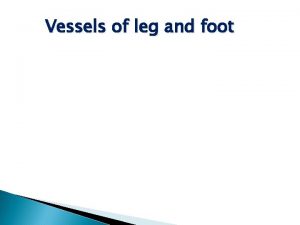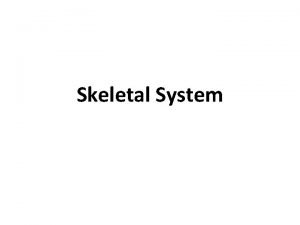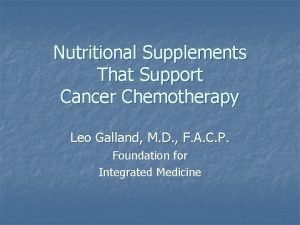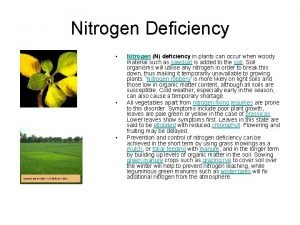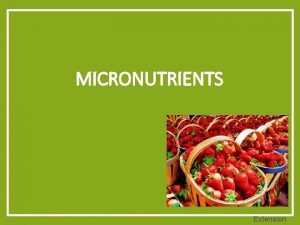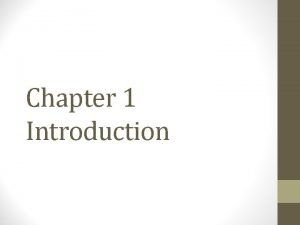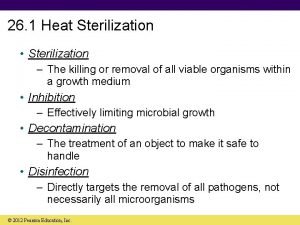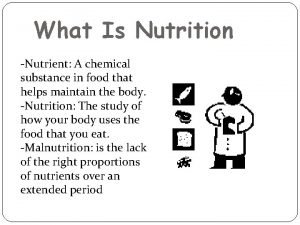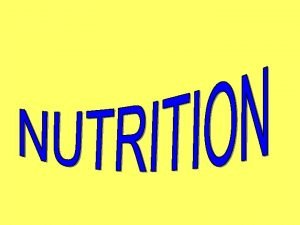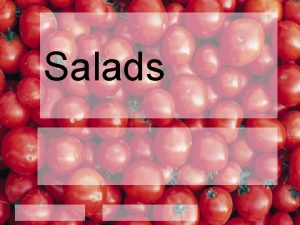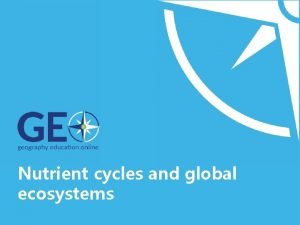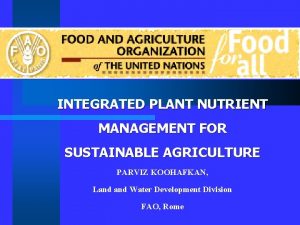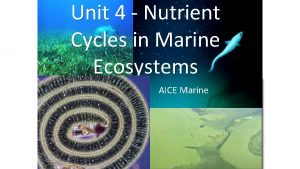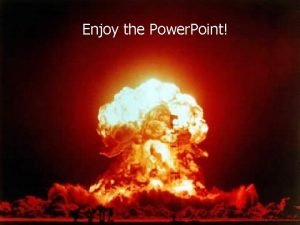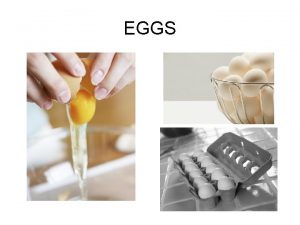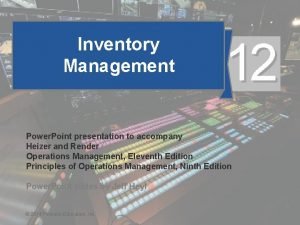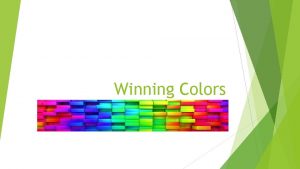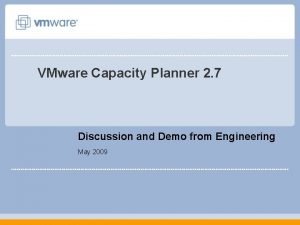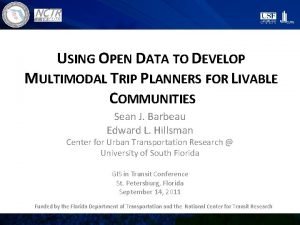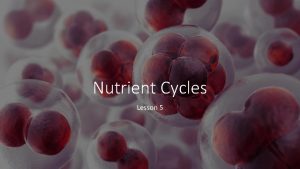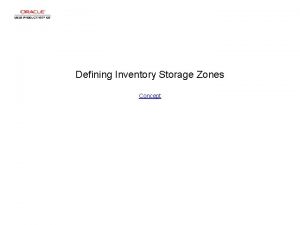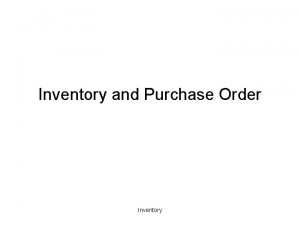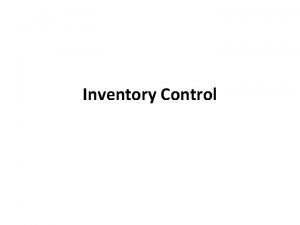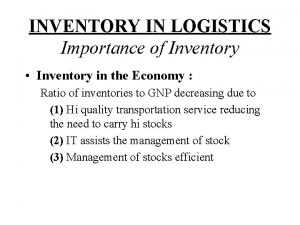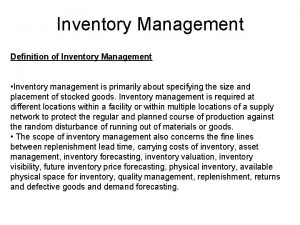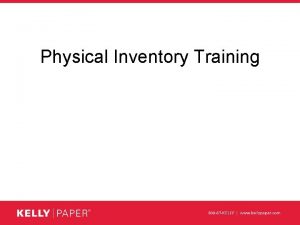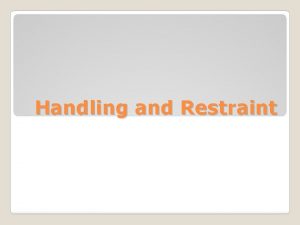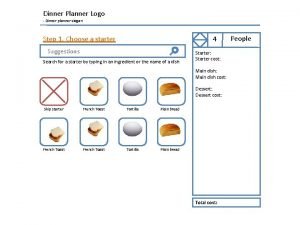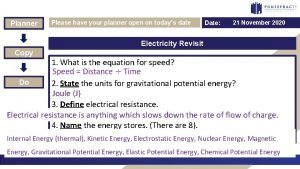Nutrient Inventory and Storage and Handling Planner Training


















































- Slides: 50

Nutrient Inventory and Storage and Handling (Planner Training) John W. Worley

Times Have Changed!

Or Have They? George Washington’s Compost Facility

Goal u Balance Imports with Exports

ARE INPUTS & OUTPUTS IN BALANCE Water In Water Out 1 gal. Farm Pond 1 gal.

ARE INPUTS & OUTPUTS IN BALANCE Water In Water Out 2 gal. Farm Pond 1 gal.

ARE INPUTS & OUTPUTS IN BALANCE Water In Water Out 2 gal. Farm Pond 1 gal.

ARE INPUTS & OUTPUTS IN BALANCE Water In Water Out 1 gal. 2 gal. Farm Pond 1 gal.

Water In Plugging the Leaks… Temporary Solution to Imbalance 2 gal. Sand Bags Farm Pond Water Out 1 gal.

Strategies to Reduce Waste u More closely balance feed nutrients to animal needs – Nitrogen comes from feed protein – Phosphorus comes from ingredients + mineral supplements – Phytate phosphorus is unavailable to animals, but is excreted with manure u Reduce feed wastage – Pelleted Feeds – Wet-Dry feeders – Properly adjust feeders u Recycle – Use manure nutrients to produce feed on the farm

N, P, K Imports u Feed u Animals u Commercial Fertilizer u Manure from other farms u Legumes

N, P, K Exports u Animal Products (Milk) u Manure shipped off farm u. Storage Losses

Storage Systems u Liquid Systems (Lagoons) u Slurry Systems

Storage Systems u “Dry Systems”

Storage Systems u Combination Systems (Solids Separators)

Goals u Lagoons – Reduce Waste Stream (Volatilize Organic Matter) – Reduce Land Application Area (Vol. Nitrogen) – Reduce Odor Emissions u Slurry Storage – Maximize Nutrient Utilization – Minimize Storage Volume (minimize water added)

Goals u Dry Systems – Make manure more transportable – Reduce odors u Solids Separators – Reduce size requirements for liquid storage and treatment – Allow transport of some of waste to remote sites or off farm

Disadvantages u Lagoons – Large Volume in storage structure – Reduces N/P ratio – Sludge must be periodically removed u Slurry Storage – Requires more acres for application (based on N) – Odors are greater (if not covered)

Disadvantages u Dry Systems – Often more manual labor required – Swine: Non-homogeneous u Solids Separators – Requires more management – Requires two types of equipment – Cost of construction and operation

Earthen Basin Design u Lagoon u Slurry Storage

Effects on Nutrient Management u Lagoon – Volatilizes nitrogen – Phosphorus settles in sludge layer – 90 -95% of phosphorus must eventually be accounted for if P based NMP u Slurry Storage – Less nitrogen volatilized – Phosphorus must be accounted for each year u Dry Systems – Can be less flexible concerning time of application

% of Original Nitrogen Available after Storage

CNMP Should Include: u Description of Overall System – Number and type of buildings – Flush, Pull-plug, etc – For partial confinement - % Time in confinement

CNMP Should Include: u Lagoon Design Information (as available) – – When built, Who designed it Total Capacity (ft 3) Pumpable (Storage) Capacity (ft 3) Surface Water Diversion u Operating Information – Maximum Fill Level – Pump-down level

Lagoon Design Info: Stop-Pumping Level Depth Max-Fill Level Pumpable Volume Total Volume Rise Run Inside Slope = Run/Rise

CNMP Should Include: u For Slurry Storage – Design Storage Time – Capacity (# of animals, etc. ) u Capacity of Dry storage if applicable u Closure Plan for Liquid or Slurry Storage Structures u Provision for Record Keeping (Monthly Inspection Checklist)

Estimation of Nutrients in Manure u Standard “Book Value” Estimates u Imports minus Exports u Manure analysis and application records

Estimation of Nutrients in Manure u Standard Estimates (lb / year / animal, etc) – Table 1, Table 3 a, b, c – Table 4 (Storage Losses), Table 5 (sludge)





Estimation of Nutrients in Manure u Imports minus exports – Table 2 a, b, c, Table 7 – Table 4 (Storage Losses), Table 5 (sludge)





Estimation of Nutrients in Manure u Manure analysis and application records – Table 6 a, b



Summary (Nutrient Inventory) u Software has been developed to aid in development of CNMP including the estimation of nutrient inventories – see AWARE web site for download




Summary u Lagoons – Reduce nitrogen, organic matter, and odors if properly managed – Must be started and operated according to the design to maintain lagoon health v Sludge must be removed periodically v Do not empty below treatment level

Summary u Slurry – – Storage Maximizes nutrient retention More balanced with plant needs Should be cleaned out at least annually Encourage cover to reduce odors u Proper management including regular inspections and record keeping are essential

Summary u Overall Farm Nutrient Balance – Nutrients brought onto farm in feed, fertilizer, animals, legumes – Exported in animals and animal products, manure, losses

Summary u 3 methods of estimating inventory – Standard values (lb/animal/day; lb/lb of animal/year; etc. ) - - simple to use, but tend to be out of date and values vary greatly by farm. Leaner animals produce more N, less P – Inputs - Outputs - - more complicated, but more accurate if records available – Nutrient analysis and Records of Quantities Pumped - - most accurate if adequate records are available v (Does not account for sludge storage unless sludge is sampled or agitation is used before sampling)

Summary u All methods except analysis and records must estimate storage losses u Storage losses can vary greatly with management differences. Generally represent the greatest difference in manure nutrient content between farms, especially N u Your system may be somewhere between systems described in published lists

Questions? Resources: AWARE Web site: http: //www. agp 2. org/ Then click on “Animal Waste Management” John W. Worley (jworley@engr. uga. edu)
 Selective media microbiology examples
Selective media microbiology examples A way to prevent materials handling hazards is to ___.
A way to prevent materials handling hazards is to ___. Radiation fog artifact
Radiation fog artifact Vaccine storage and handling sop worksheet
Vaccine storage and handling sop worksheet Vaccine storage and handling protocol
Vaccine storage and handling protocol Storage and inventory control examples
Storage and inventory control examples Secondary storage vs primary storage
Secondary storage vs primary storage Primary storage and secondary storage
Primary storage and secondary storage Secondary storage provides temporary or volatile storage
Secondary storage provides temporary or volatile storage Unified storage vs traditional storage
Unified storage vs traditional storage Liquid nitrogen safety training
Liquid nitrogen safety training Cash handling training
Cash handling training Palmar arteries
Palmar arteries Nutrient cycle of a tropical rainforest
Nutrient cycle of a tropical rainforest Nnn plant protein
Nnn plant protein Differential media
Differential media Egg emulsifier
Egg emulsifier Nutrient cycle in the serengeti
Nutrient cycle in the serengeti Deciduous woodland nutrient cycle
Deciduous woodland nutrient cycle Foods used in nutrition activities should be nutrient-dense
Foods used in nutrition activities should be nutrient-dense Bray nutrient mobility concept
Bray nutrient mobility concept Energy in trophic levels
Energy in trophic levels Which nutrient practice was best journey 2050
Which nutrient practice was best journey 2050 Chlorsis
Chlorsis Nutrient basics
Nutrient basics Functions of nutrients
Functions of nutrients Journey 2050 student handout 2 word search
Journey 2050 student handout 2 word search Who coined ecosystem
Who coined ecosystem Defination of nutrients
Defination of nutrients Apes nutrient cycles
Apes nutrient cycles Dorsalis pedis vein
Dorsalis pedis vein Skeletal system
Skeletal system Tamoxifen nutrient depletion
Tamoxifen nutrient depletion Nutrient deficiency in tomatoes
Nutrient deficiency in tomatoes Nutrient interactions
Nutrient interactions Immobile nutrients
Immobile nutrients Nutrient agar plate
Nutrient agar plate Chemical substance in food that helps maintain the body
Chemical substance in food that helps maintain the body A chemical substance in food that helps maintain the body
A chemical substance in food that helps maintain the body A main dish salad always contains some type of *
A main dish salad always contains some type of * Nutrient cycles
Nutrient cycles Integrated nutrient management for sustainable agriculture
Integrated nutrient management for sustainable agriculture A terrestrial food web
A terrestrial food web What nutrient cushions vital organs
What nutrient cushions vital organs Egg cooking style
Egg cooking style Regents biology food chains and energy in ecosystems
Regents biology food chains and energy in ecosystems Inventory management training ppt
Inventory management training ppt Winning colors builder
Winning colors builder 511 transit trip planner
511 transit trip planner Capacity planning vmware
Capacity planning vmware Usf bull sync
Usf bull sync

